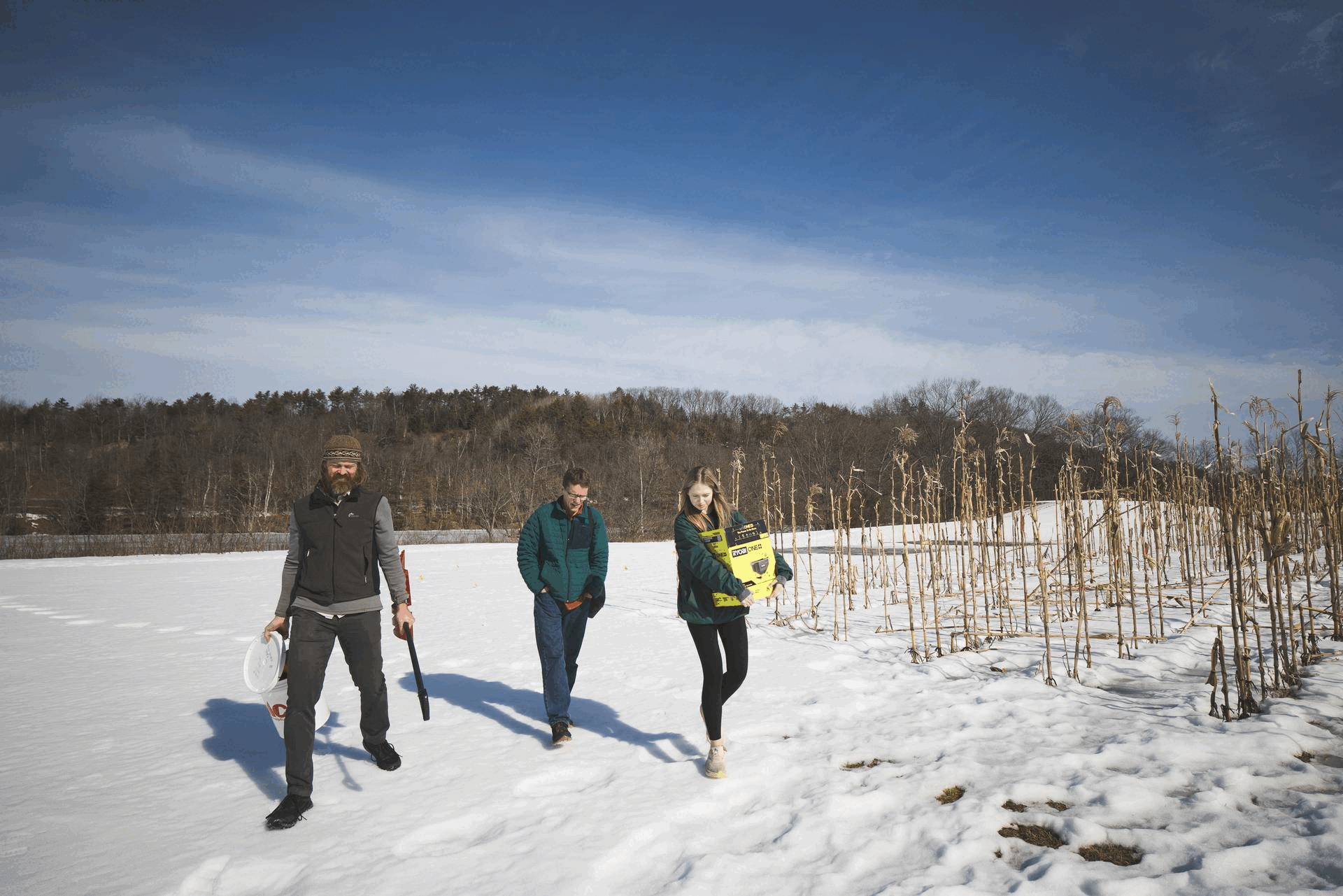A Thunderstorm in Dinosaur
It’s past midnight when lightning strikes above Dinosaur National Monument’s Split Mountain Campground, where the Stretchies are—or were—sound asleep alongside the Green River. When the too-close-for-comfort thunder echoes up and down the rock walls of the narrow canyon, it feels like the rain-pummeled tents are levitating.
This is the group’s first night in Utah, and their first night sleeping in tents. They are midway through the Parks segment, wending their way southward from Yellowstone through the Grand Tetons, Dinosaur, Arches, Bryce Canyon, and Zion national parks.
By morning, the storm has passed, leaving some tents surrounded by puddles but otherwise dry. “If we’re going to have a thunderstorm, we’re probably in the safest place, on the canyon floor,” says Professor Carl Renshaw, who has led this segment of the Stretch for the past 20 years.
It promises to be a beautiful, sun-filled day—and, in fact, the day turns out to be one many of the students look back on as a highlight of their entire Stretch.





























